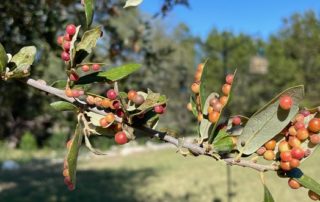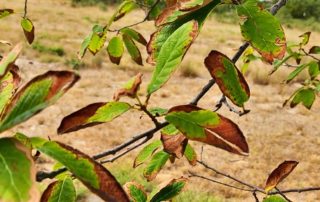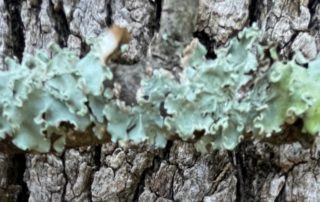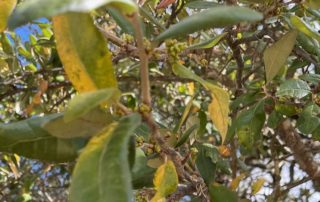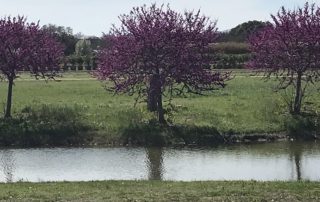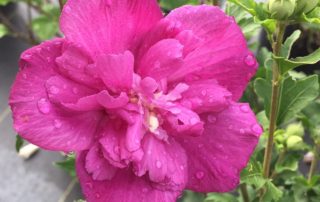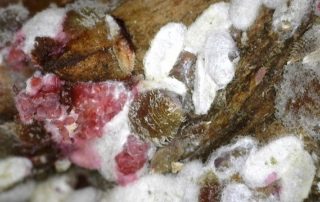Galls
Plant galls are fascinating to me. They are all around us, yet we seldom notice them unless they appear in a favorite landscape tree. Plant galls are produced by a variety of organisms which include mites, wasps, midges, thrips, fruit flies, moths, psyllids, and aphids, as well as bacteria and fungi. Most plant galls are not harmful to the host plant, with the exception of some formed by bacteria and fungi. Many plant galls are produced by the host plant in response to the egg laying activity of the insects [...]

